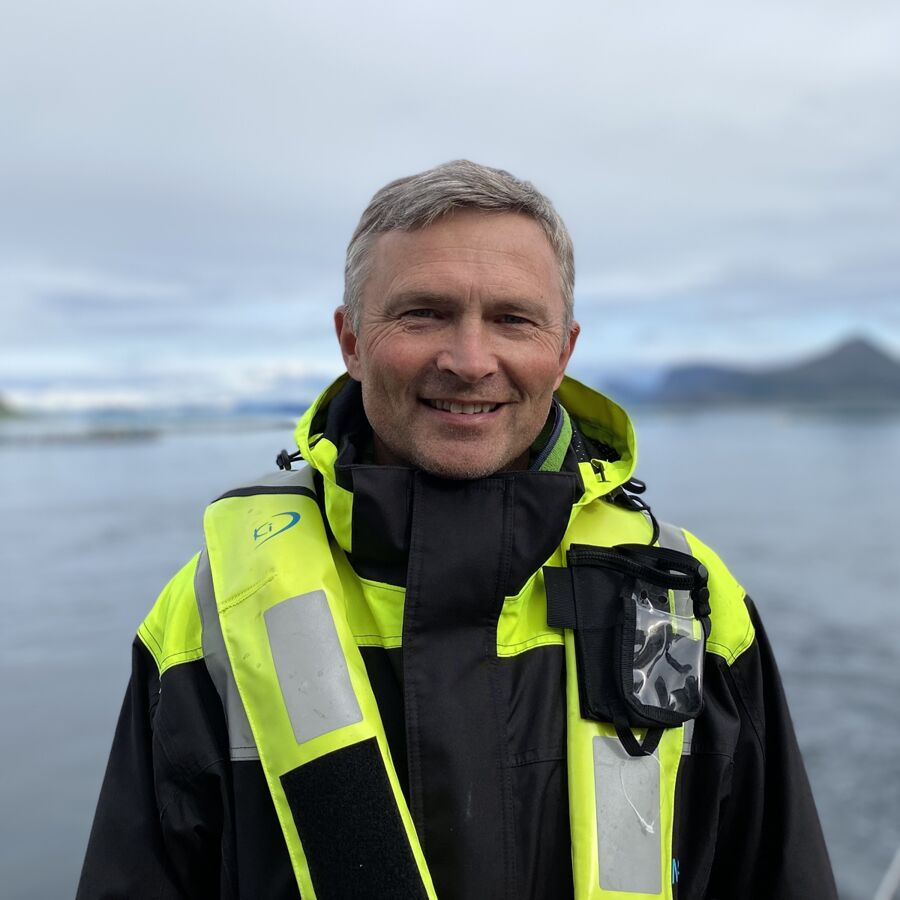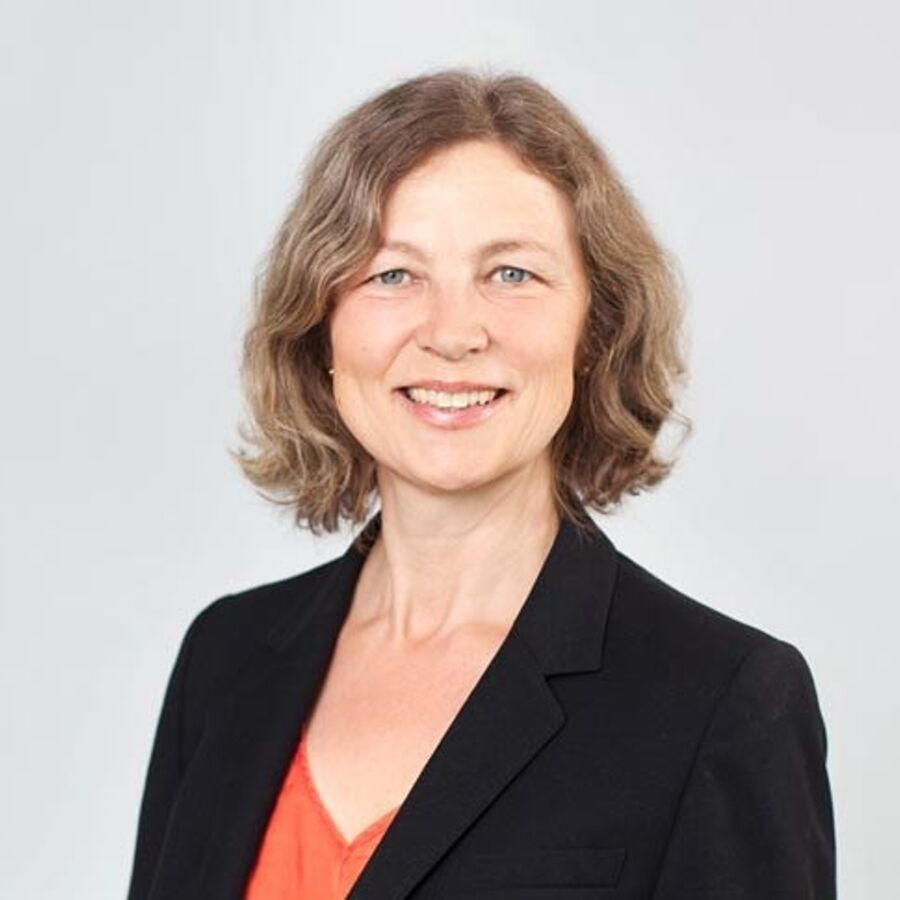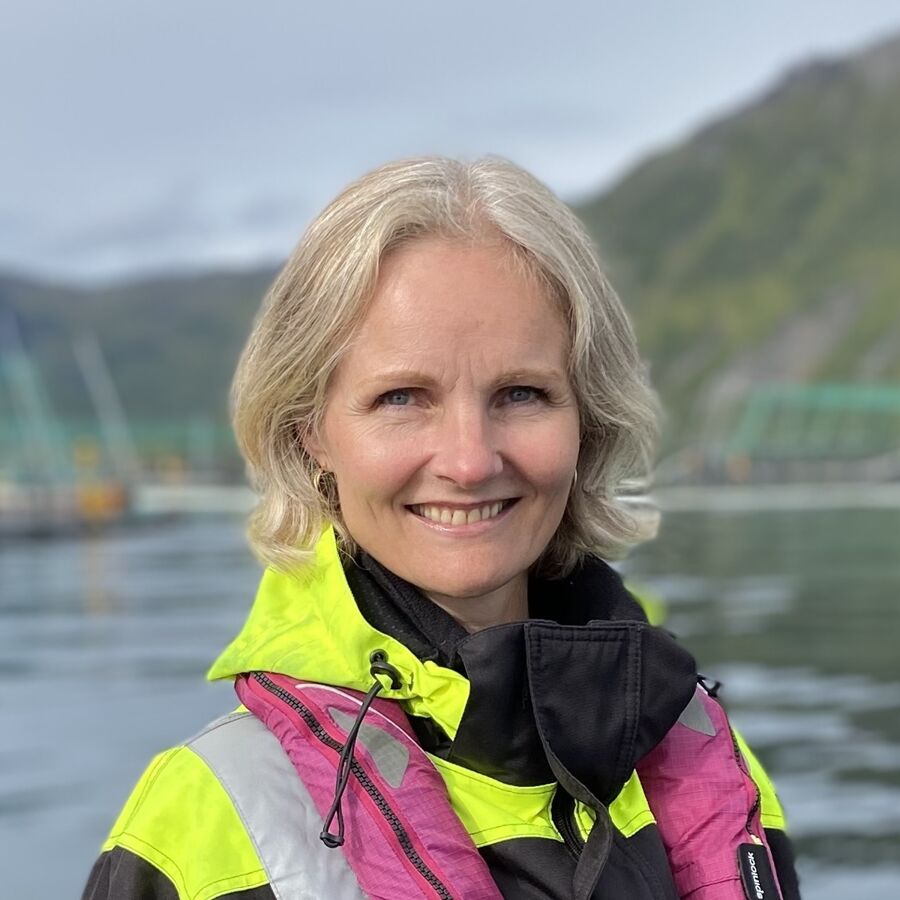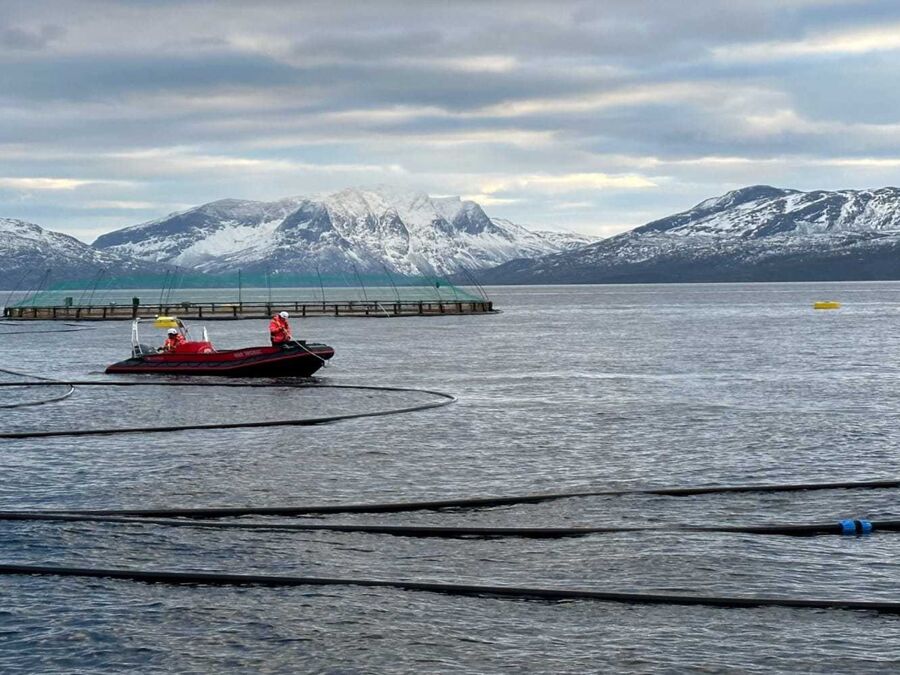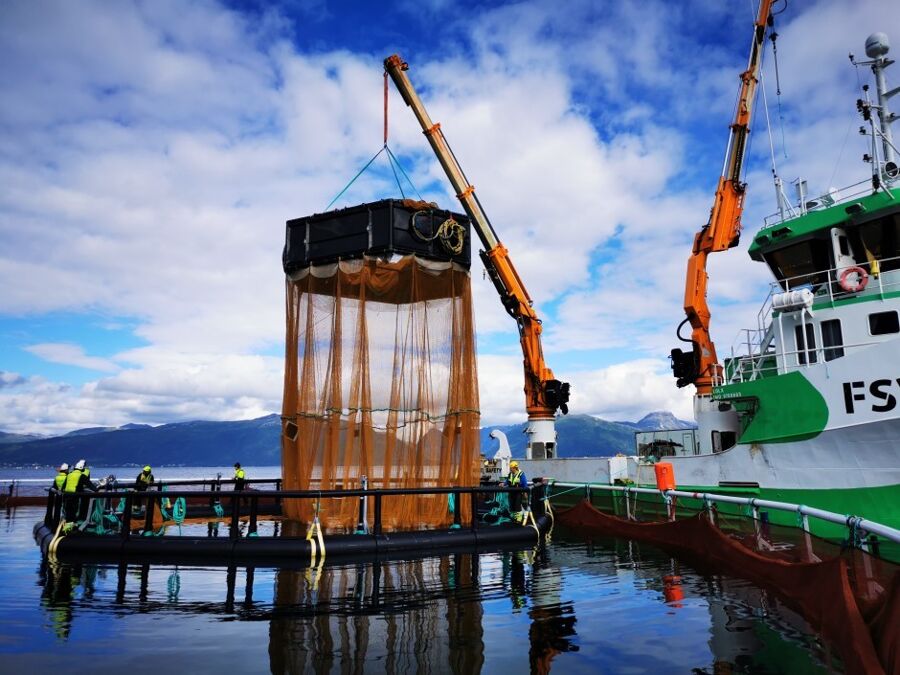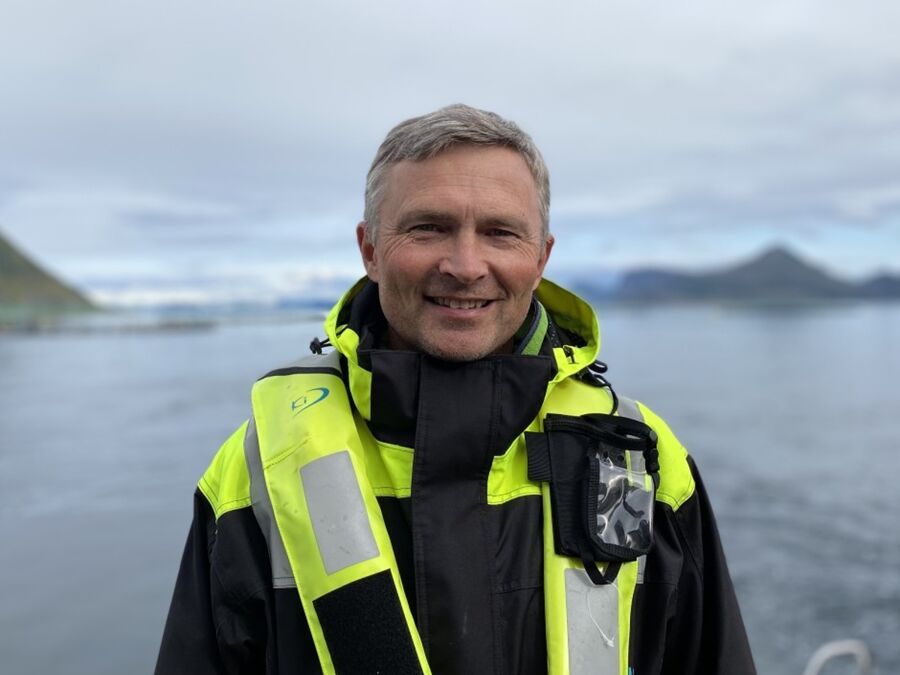News
08.03.2021
The camera sensor for fish recognition in iFarm has been put into sea. The goal is to improve fish health and welfare by using artificial intelligence
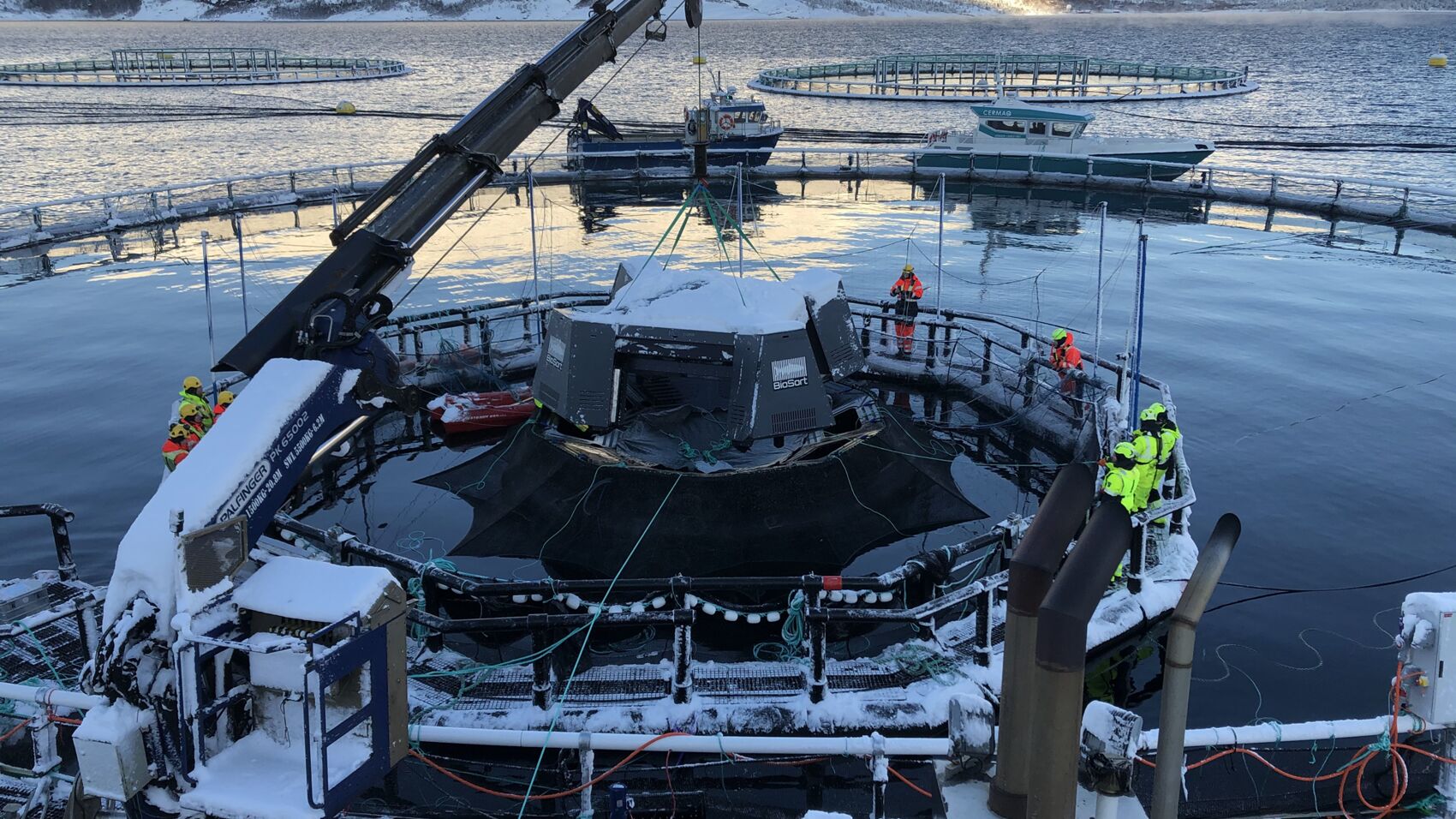
Cermaq aims to use artificial intelligence and machine learning for facial recognition of each fish in a farming site. Providing each fish with a health certificate and being able to give each fish adapted follow-up, will secure fish health and welfare. Now, the first version of the iFarm sensor that will identify and recognize each fish has been put into sea.
The iFarm-project, which is one of the most exciting technology projects in aquaculture at the moment, is a cooperation between Cermaq, the tech-company BioSort, and ScaleAQ, supplier of farming equipment to the project.
Visiting the location, iFarm is not easy to spot. Most of the components in the system are located below the sea surface, down in the net pen, interacting with salmon's swimming pattern. The salmon are fed deep in the net pen under a net roof. When it swims to the surface to snatch air and fill its swim bladder, it must swim through a narrow section. This is where the iFarm sensor is now located.
"The fish we put out in the iFarm net pens in September last year have eaten well and seem to thrive and swim easily up and down through the passage in the net roof to get to the surface. When we now put out the camera sensor, we were of course very excited to see how the fish would react ", says Karl Fredrik Ottem, who is Cermaq's project manager for iFarm.
With the camera sensor in place in the net pen, the fish has had its passage significantly reduced when it is to swim up to the surface. The fact that the interaction between the fish and the sensor system works well is crucial for the next phases of the project.
"With the camera sensor in place, we will start testing how the cameras and light work at a depth of six meters. It is extremely advanced technology that is now located down in the net pen, and which will interact with the fish ", says Ottem.
Chris Noble, fish welfare expert and senior researcher at Nofima, follows the iFarm project closely, and confirms that fishing behaviour is key:
“To document and monitor how the iFarm affects the fish, the project adopts a step-wise approach and adds or refines one component at a time. The fish are monitored before and after the modification using a number of operational welfare indicators, especially fish behaviour in and around the iFarm sensor unit. Stepwise modifications mean the project partners get a good overview on the effects of each change and can use the findings to guide the next stages of the project.” says Noble.
The 11 cameras that are placed inside the sensor must scan each fish and be able to capture and recognize small details, such as salmon lice and the dot pattern on the salmon. And all this while the salmon is moving all the time. Getting good lighting and good quality images is crucial to succeed.
"In addition to monitoring the fish's behaviour and welfare, we will now also test electronics and software, operational stability and functionality, and light and camera underwater. So far, most things have gone very well, but with the camera sensor at sea, we are now increasing the degree of difficulty significantly. It is now that we start the real ground-breaking work, so from now on it will be very exciting ", says Ottem.
Related Content
Press contacts
